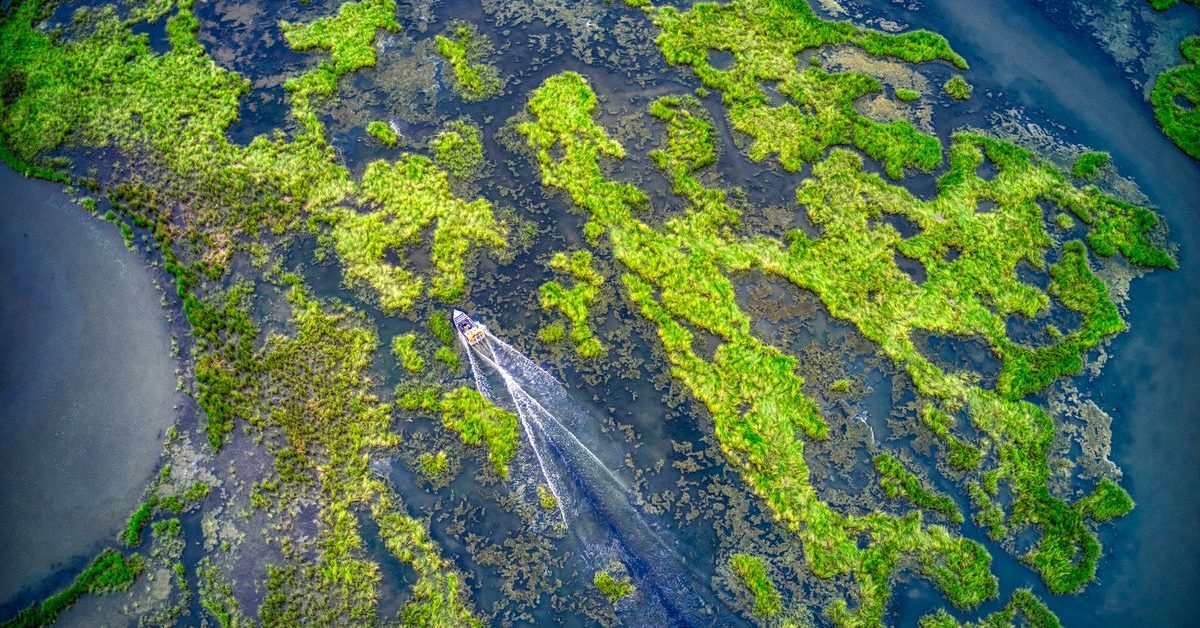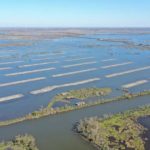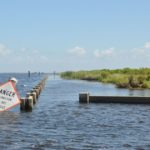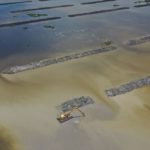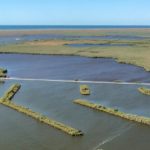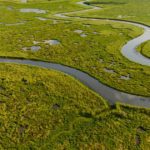The United States federal government protects the nation’s wetlands both directly and indirectly through acquisitions, regulations, and various incentives and disincentives. Section 404 of the Clean Water Act (CWA) is the primary legislation used by the federal government to regulate activities that impact the nation’s wetlands.
While coastal wetlands benefit immensely from current statutes and regulations (which are designed to safeguard these areas), inland wetlands are more vulnerable to loss and degradation due to less comprehensive legal protection.
The mitigation measures that positively impact inland wetlands include the mitigation sequence, compensatory mitigation, and various mitigation activities.
Read on if you want to learn more about these mitigation measures and the regulatory bodies that review and approve them.
What Is the Mitigation Rule?
Also known as the Mitigation Sequence, the Mitigation Rule encompasses a series of actions that must be followed to offset the impact of commercial development and agricultural production on aquatic resources. The Mitigation Sequence is divided into three steps: (1) avoidance, (2) minimization, and (3) compensatory mitigation.
Avoidance means preventing adverse impacts to aquatic resources. In other words, if commercial development or agricultural production can proceed without resulting in ecological damage to wetlands and other aquatic resources, then avoidance must be observed.
However, if adverse environmental impacts cannot be avoided, then minimization must be practiced. Appropriate and practical steps need to be taken to minimize adverse impacts to wetlands, streams, and other aquatic resources.
The third step, compensatory mitigation, is required for the unavoidable adverse impacts which remain after steps one and two (i.e. avoidance and minimization) have been applied.
The three-step Mitigation Rule is outlined in the 1990 Memorandum of Agreement (MOA) between the Environmental Protection Agency (EPA) and the Department of the Army.
The United States Army Corps of Engineers (USACE) or the approved state authority is responsible for determining the appropriate type and amount of compensatory mitigation that is needed for projects authorized under Section 404 of the Clean Water Act.
The approved methods of compensatory mitigation are: preservation, enhancement, restoration, and creation (PERC). To learn which compensatory mitigation method is right for your project, consult a reputable environmental consultant.
Who Regulates Wetland Mitigation?
The Interagency Review Team (IRT) is responsible for the regulatory review, approval, and oversight of mitigation bank sites. The IRT consists of the federal, state, local regulatory, resource agencies, and tribal authorities that either have authority over the mitigation bank or are impacted by its establishment.
The members of the IRT will vary depending on the resources being conserved, as well as the location of the mitigation bank within the state. Depending on the agencies involved, the IRT is sometimes referred to as the Conservation Bank Review Team (CBRT) or the Mitigation Bank Review Team (MBRT).
All wetland mitigation banks operating within the United States are ultimately regulated and approved by the United States Army Corps of Engineers (USACE) and the Environmental Protection Agency (EPA). The guiding principles of both agencies are based on the role of mitigation banks under Section 404 of the Clean Water Act.
Aside from approving the plans for building, maintaining, and monitoring wetland mitigation banks, the IRT also approves the number of wetland mitigation credits that mitigation bankers may earn and sell.
In terms of mechanics, the IRT is responsible for approving the bank instrument, which is the formal agreement between the mitigation bankers and regulators. The bank instrument establishes the liability, key performance indicators, terms of bank credit approval, as well as the management and monitoring requirements for the wetland mitigation bank.
What’s the Difference Between Prevention and Mitigation?
In compensatory mitigation, prevention refers to the act of avoiding adverse impacts to aquatic resources. If adverse impacts cannot be avoided or minimized, then mitigation—which is concerned with the preservation, enhancement, restoration, or creation of aquatic resources—must be practiced.
In other words, prevention is about avoiding adverse impacts, while mitigation is about correcting the effects of adverse impacts as a result of commercial development and agricultural production on or nearby streams, wetlands, and other aquatic resources.
Prevention most closely aligns with stage one of the three-stage Mitigation Sequence, while mitigation refers to the third stage of the Mitigation Sequence (i.e. compensatory mitigation). The third stage is applied when stages one and two (i.e. avoidance and minimization) have been cleared, and adverse impacts have been deemed inevitable.
What Is Mitigation Land?
Mitigation land refers to land that has been acquired for mitigation purposes. These lands are used to develop both public and private mitigation banks by mitigation bankers. Stream and wetland mitigation banks offer credits to offset the ecological losses resulting from developments that impact streams and wetlands.
Mitigation banks are regulated and approved by the Interagency Review Team (IRT), which consists of representatives from the EPA, USACE, various regulatory bodies and agencies, and tribal authorities.
In Florida, mitigation land can also be used to develop regional offsite mitigation areas (ROMAs). These are environmental enhancement projects managed by the Florida Department of Environmental Protection (FDEP), the water management district, or the local government.
ROMAs serve as mitigation sites for numerous impact projects (including wetland mitigation projects). Applicants may pay impact permit fees to the ROMA sponsor, with the collected funds being used to run the larger mitigation project.
What are the Three Types of Mitigation Requirements for Dredge and Fill Permits?
Applicants need to demonstrate three types of mitigation requirements before applying for dredge and fill permits: (1) the avoidance of impact on wetlands, streams, and other aquatic resources; (2) that potential adverse impacts have been minimized; (3) that compensatory mitigation will be carried out to offset all remaining unavoidable impacts.
Section 404 of the Clean Water Act requires a permit to be issued before dredge and fill material can be discharged into the waters of the United States (WOTUS). Certain activities, specifically forestry activities and agricultural production, are exempt from Section 404 regulation.
What are Examples of Mitigation Actions?
Various methods can be used to compensate for lost functions from wetland and stream impacts. Examples of mitigation actions include upland buffer preservation, the restoration of degraded wetlands and streams back to their natural conditions, enhancing one or more characteristics of an aquatic resource, and creating man-made wetlands.
These mitigation actions are all based on the four principal methods of compensatory mitigation: preservation, enhancement, restoration, and creation (PERC).
Upland buffer preservation
Upland buffer preservation refers to the permanent legal protection of a stream or wetland and its upland buffer. This legal protection ensures that the stream or wetland and its surrounding upland area remain in pristine condition in perpetuity.
The land is placed under a conservation easement, which is held by a conservation state agency, town, or organization.
Restoration of degraded wetlands and streams
Restoration refers to the rehabilitation or re-establishment of a wetland or other aquatic resource. The overarching goal is to return the habitat to its natural or historical function.
Examples of wetland restoration include: replanting hydrophytic plants, extracting fill, extracting ditches and drains, and creating living shorelines in tidal areas that have been negatively impacted by erosion.
Enhancement of an aquatic resource
Enhancement refers to the optimization or modification of the physical, chemical, or biological characteristics of an aquatic resource to boost its functionality. Examples include upgrading a perched culvert into an open-bottom arch to enhance hydrology and planting flora beside waterways to boost wildlife habitat functions.
Creation of man-made wetlands
To establish a man-made wetland, an upland area would have to be excavated to achieve optimum hydrology. This, in turn, will support the flourishing of hydrophytic vegetation and hydric soil.
